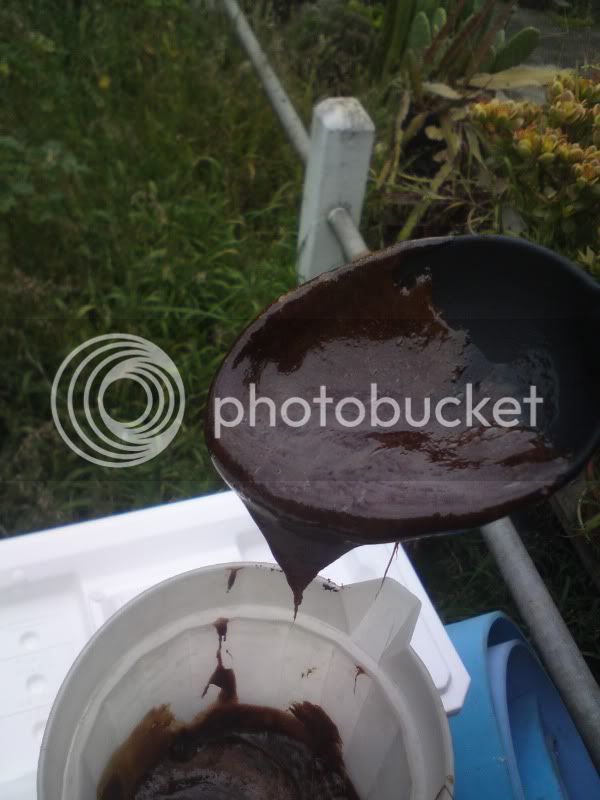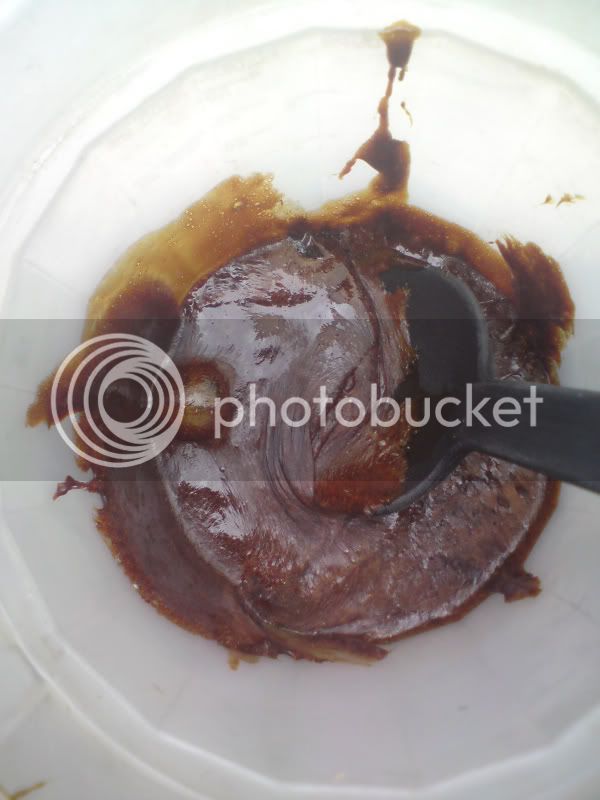If we are caramelising all-malt wort, is there much point in converting the maltose sugar? (maltose being two glucose molecules, generally consumable by the yeast) and does it even do anything?
Fix claims that all-malt worts contain about 10% glucose. That is most likely due to thermal hydrolysis of maltose, so it obviously only occurs partially. Adding some acid would most likely accelerate the process. Note that the acid is a catalyst, ie, it isn't consumed in the reaction, just makes it happen faster. It can also be achieved with base, and I seem to recall ammonia being used for caramelisation (the advantage presumably being that it can be evaporated off). A prolonged boil (as in Flanders reds) probably also results in more glucose. Whether this is a good thing or not is another matter. It may very well be that hydrolysis, dehydration and pyrolysis are all occurring simultaneously. Reality tends to get messy like that.
IMHO, the terms inversion and isomerisation are often used misleadingly in brewing and certain other fields as they (to me at least) suggest some sort of optical or right/left handed effect which may not necessarily be the case.











